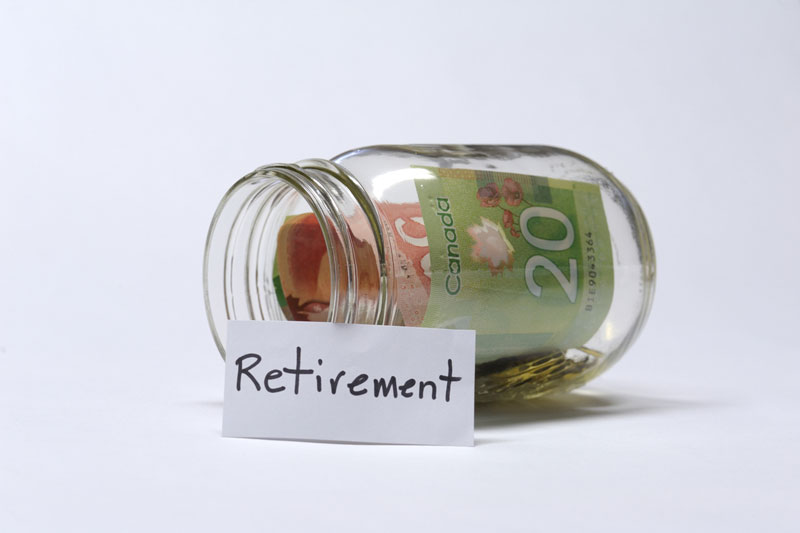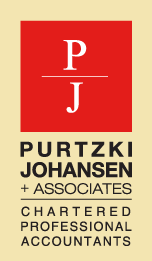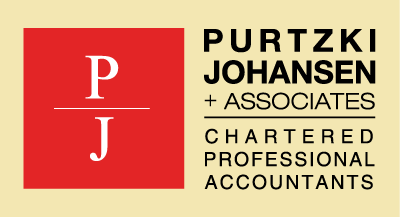
In a recent tax and estate planning report CIBC examined the question as to how best management fees for RRSPs should be paid. Should the fees come from inside the RRSP or be paid using outside funds?
Intuitively, you might think that you would always be better off paying investment management fees from outside the plan (i.e. using non-registered investments) as that leaves more money inside the plan to grow tax-sheltered. That may be true for the TFSA, so that tax-free growth within the plan can be maximized. However, that’s not necessarily the case for RRSPs and RRIFs.
Suppose you incurred a $100 fee on your RRSP investments that you could pay from inside your RRSP or outside your RRSP using non-registered funds. You are in a 30% tax bracket.
By paying the $100 fee from outside the RRSP, you would simply be out the $100. By paying the fee from within the RRSP, you would only really be out $70. Why? Because you use pre-tax funds to pay fees from your RRSP but you use after-tax funds to pay fees from your non-registered funds. If you paid the $100 fee from inside the RRSP, you never withdraw that $100, so the government never gets is 30% tax on the $100 and therefore shares in paying for your fee.
What about the long term?
While paying fees from inside an RRSP may yield some savings, you would also have less funds in your RRSP, so you would have less tax-deferred growth over time. You might eventually reach a “breakeven point”, where the benefit of paying the fees from inside the RRSP is outweighed by the additional tax-deferred RRSP growth that could have accumulated inside the plan. After this breakeven point, you would have actually been better off, if you had initially paid the fees from funds outside your RRSP.
Illustration
Suppose Reza has $10,000 in her RRSP and $100 in non-registered investments. She pays a $100 fee for her RRSP account, has a 5% rate of return on investments, and has a 30% tax rate. She then cashes out all her investments at the end of 25 years. After 25 years, Reza would have the same amount of cash, $23,700, whether she initially paid the $100 fee inside her RRSP or outside RRSP. In this case, Reza’s breakeven point is 25 years. If she invests at a rate of 6%, the breakeven point is 21 years. At a rate of return of 3%, the breakeven is 40 years.
The bottom line
The bottom line is to have any benefit from paying fees outside the RRSP, you have to stay invested beyond the breakeven point, which can be several decades. For those of you who are close to retirement and have their portfolio more conservatively built, it may be a good idea to pay fees from within an RRSP or RRIF, if you are retired.
If you are young professional with many decades ahead of you and a more aggressive portfolio, you should consider paying your RRSP fees outside the plan.



